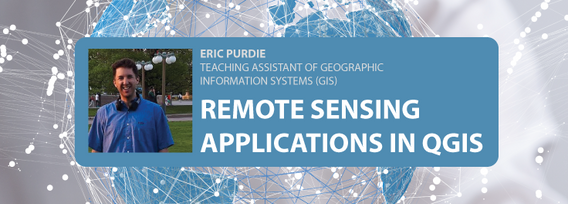POSTPONED Training: Remote Sensing Applications in QGIS

My Session Status
This session has been postponed. All purchased tickets will be transferred at no cost. The rescheduled date has not yet been confirmed.
The Remote Sensing Applications in QGIS course, will teach you how to install/setup QGIS and associated plugins. You will learn how to interpret and analyze remotely sensed satellite imagery. I will walk you through each stage using step-by-step lectures and imagery. This course uses datasets based on real-life GIS projects using Open-Source Quantum GIS software. You will gain an understanding what a Geographic Information System is and how Remote Sensing analysis can be leveraged to help solve real world issues.
- How to download, Install, and configure QGIS, and the plugins required for remote sensing analysis using Microsoft Windows 11/10.
- How to initiate a new GIS project using the datasets provided.
- How to enhance and analyze Sentinel 2 imagery of the abandoned Aldermac Mine site, located in the region of Abitibi–Témiscamingue, Quebec.
- How to use supervised classification machine learning algorithms to detect vegetation changes at the Athabasca oilsands, located around Fort McMurray, Alberta, Canada, using Sentinel 2 and Digital Surface Model imagery.
- How to create a Layout and publish their maps to print and digital formats (e.g. Image, Geo-PDF).
- How to conduct a terrain analysis of Mt. St. Helens and display it as a high-resolution 3D scene.
- How to analyze LiDAR data to create a 2, 4, 6, 8 and 10m Sea Level Rise Map of Victoria, British Columbia, Canada.
Who is the target audience?
Students with 1 year or more experience using GIS and related software.
How much prior geospatial experience should students have?
Students should have 1 year or more experience using GIS and related software